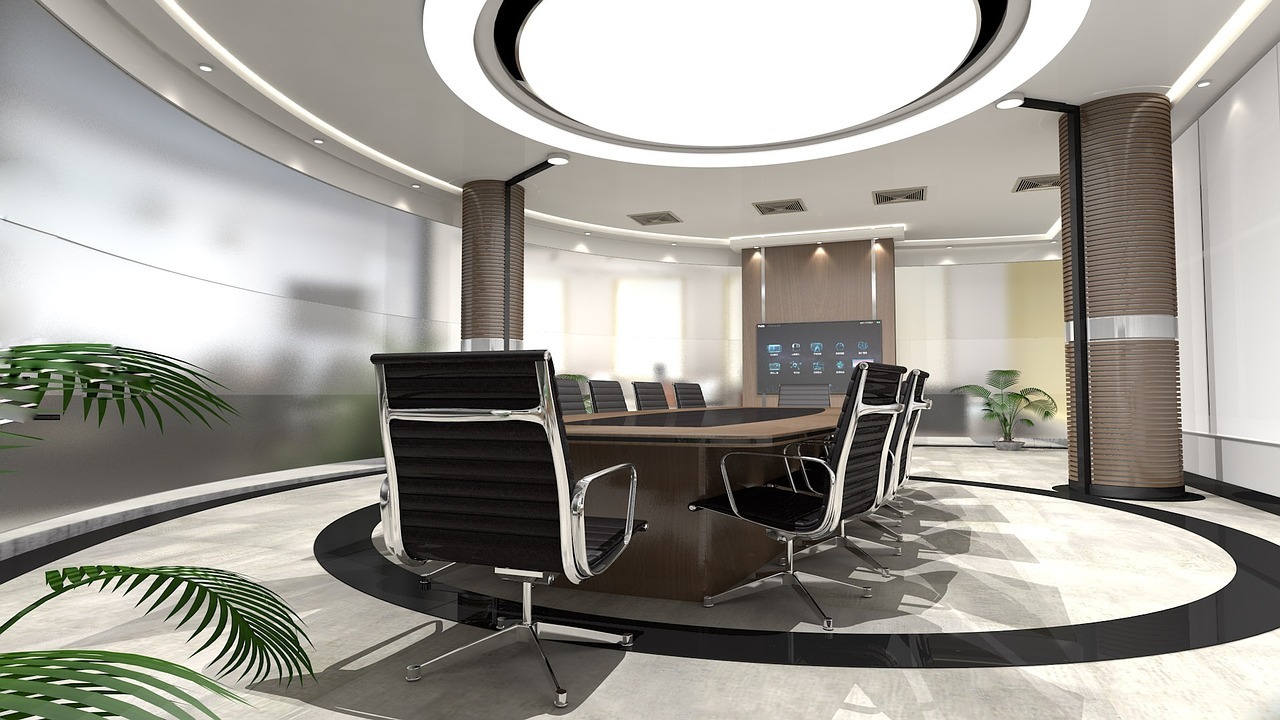We spend an average of 6 hours a day sitting at a desk. It is therefore crucial to make this time as comfortable as possible. This is particularly important for companies to ensure the comfort of their employees in order to increase their productivity and overall satisfaction. They must ensure to limit health issues like MSDs (musculoskeletal disorders) or severe back problems. Let’s see how to choose office furniture that will help promote good posture at work.
Focus on Ergonomics
The office furniture you choose must take ergonomics into account. By definition, ergonomics helps to improve the relationship between people and machines, especially in the workplace. For example, some chronic illnesses appear from using a computer too often while sitting at a desk in a bad posture. Employers must be cautious not to deteriorate their employees’ health. To optimize the ergonomics of your office and specifically your workstation in front of a computer, you need to check three main things:
• Comfortable office chairs should be at the right height and provide good back support,
• the adjustment of the screen and the keyboard,
• the use of ergonomic mice and wrist rests to prevent musculoskeletal disorders of the hand or wrist.
Moreover, a perfect posture will enhance productivity. However, you must be able to accommodate people of all shapes and sizes! If you have many employees, it is essential to look for office furniture adapted to each person.
What are the other ergonomic rules?
The width of office chairs, the height of desks… everything must be checked according to ergonomic conditions. Elbows resting on the armrest should be aligned with the desk surface, on a parallel plane with the wrists. This position allows wrists to rest comfortably on the desk’s flat surface. Pull-out keyboard trays located just below the desk provide an ideal height for the seated person. To prevent muscle pain and promote blood circulation, legs should also be at a 90-degree angle to allow feet to rest flat on the ground. When sitting, if you look straight ahead, your eyes should be level with the upper third of your computer screen. The monitor should be neither too far nor too close. When you extend your arms, it should be somewhere between your knuckles and your open fingers.
Regular Movements to Prolong the Benefits of Suitable Office Furniture
You can do small regular exercises if you spend the majority of your time glued to your screen. To relieve your neck and back, sit in the ideal posture, feet flat, and gently lower your head forward several times to stretch your neck. Likewise, stretch your neck by tilting your head to each side. This can relieve certain headaches and prevent neck tension. Finally, to relieve your shoulders, place your fingers on your shoulders, folding your arms, and move your elbows in large circles forward, then backward. This stretches and relieves the shoulder and arm muscles.


